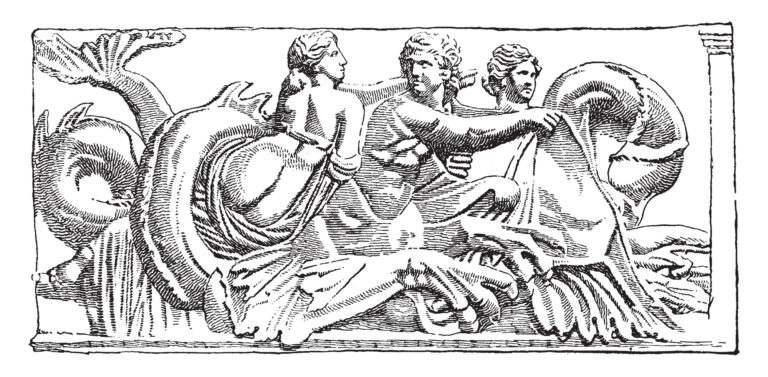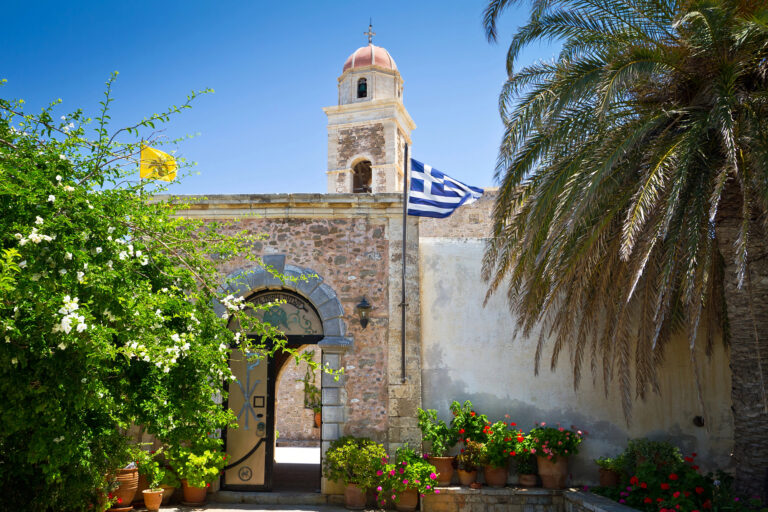The Lost Treasures of the Venetian Occupation
The Lost Treasures of the Venetian Occupation in Crete is a topic steeped in history, legend, and intrigue. From 1204 to 1669, Crete was a vital part of the Venetian maritime empire. The notion of lost treasures from this era taps into historical facts and the allure of undiscovered riches.
Historical Context
- Venetian Rule: Crete, known as the “Kingdom of Candia” during Venetian rule, was a crucial strategic and economic outpost for the Venetian Republic. The island was fortified with castles and walls, most notably in cities like Heraklion, Chania, and Rethymno.
- Economic Prosperity: The Venetians invested in Crete’s agricultural potential, particularly in olive oil and wine production, leading to considerable wealth accumulation on the island.
The Concept of Lost Treasures
- Wealth Accumulation and Art: The economic prosperity under Venetian rule led to the accumulation of wealth, which was often manifested in art, architecture, and religious artefacts. The idea of “lost treasures” typically refers to these tangible representations of wealth.
- Siege and War: The protracted Siege of Candia (1648–1669) and other conflicts led to the hiding or loss of valuables. Some of these treasures were believed to be hidden to prevent them from falling into Ottoman hands.
Legends and Myths of the Venetian Occupation
- Local Legends: There are numerous local legends in Crete about hidden treasures dating back to the Venetian period. These often include tales of gold, jewellery, and priceless artefacts hidden in caves, old buildings, or underwater.
- Influence on Popular Culture: These legends have been kept alive in local folklore and have inspired treasure hunters, historians, and tourists.
Archaeological and Historical Evidence
- Documented Wealth: Historical records from the period document the wealth and luxury that existed in Crete, lending credence to the idea that significant treasures could have been accumulated.
- Archaeological Finds: While there have been discoveries of Venetian-era artefacts and coins in Crete, a large-scale discovery of a “treasure trove” remains elusive.
Modern-Day Implications
- Tourism and Exploration: The mystery of the lost treasures continues to attract tourists and amateur explorers to Crete. The island’s rich Venetian heritage is a significant draw.
- Cultural Heritage and Preservation: The search for lost treasures highlights the importance of preserving and studying Crete’s cultural heritage from the Venetian period.
Conclusion
The Lost Treasures of the Venetian Occupation in Crete represent a fascinating blend of historical fact and legend. The wealth accumulated during the Venetian rule and the tumultuous events of the era set the stage for these enduring tales. Whether any substantial undiscovered treasures remain is a question that intrigues both locals and visitors to Crete. These stories, part of the island’s cultural fabric, not only spark the imagination but also serve as a reminder of Crete’s rich and varied history.







